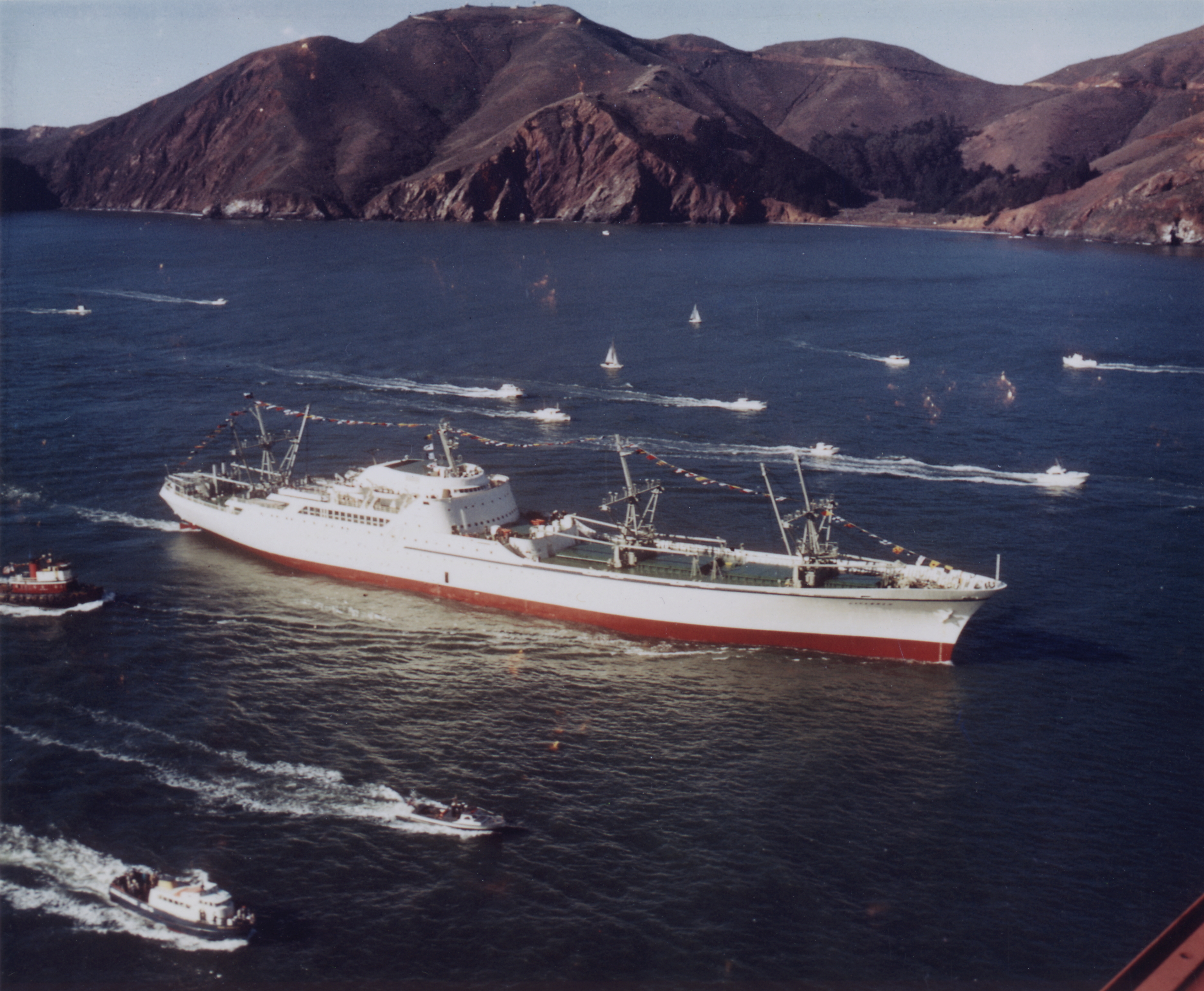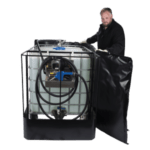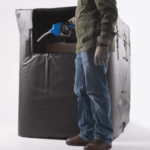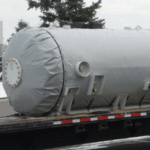As of 2014, the EPA (Environmental Protection Agency) started phasing in the new regulations for diesel emissions in the marine industry. Now, diesel exhaust fluid (DEF) is all the more important, even required, for commercial vessels.
An Increasing Need for DEF
The EPA started with their plans to implement new emission standards on diesel engines back in 1998. The first target was the commercial trucking industry. Years Later, the new emission standards requiring selective-catalytic-reduction (SCR) systems moved outside of trucking to include off-road vehicles such as backhoes, tractors, dump trucks, combines, large generators, bulldozers, and other similar equipment and vehicles for land use.
DEF is a solution of about one part urea to two parts water. It is designed to be used in SCR (Selective Catalytic Reduction) to help break down harmful chemicals that are prevalent in exhaust from diesel engines. There are alternatives to using SCR systems to reduce emissions, like exhaust gas recirculation. The problem with the alternatives is that they aren’t as effective at reducing emissions and they decrease the efficiency of the engine.
With SCR being widely used across many industries to reduce diesel emissions, DEF is more accessible than ever before. Alternative fuels have struggled to gain momentum because access to the fuels for end users has been limited. There are so many diesel engines being used in various applications throughout the world that DEF is now widely available and easy to find.
Diesel Engines in Marine Use
Cost efficiency, safety, and effective maneuvering of a boat are all important in today’s world, especially when it comes to shipping. While there are a number of different types of marine propulsion systems, diesel is the most common. Other alternatives like gas turbines and liquid natural gas engines aren’t as common. This is because fuel for these engines isn’t as widely available as diesel and running costs are often higher.
Emissions standards have recently moved to include commercial water vessels. When the EPA passed the new standard back in 2004, with plans to phase into it over the next decade, the expectation was to require a reduction in the allowable amount of sulfur in marine diesel fuel by 99%. Such a drop would require not only a new design to diesel engines, but also a SCR that implemented diesel exhaust fluid (DEF) to aid in the reduction of sulfur.
With these regulations in full force, those in the marine industry have a new, very valuable asset to protect: DEF. It has storage requirements that need to be adhered to in order to ensure its longevity and efficiency.
DEF Storage
DEF is used in SCR systems in order to greatly reduce the level of toxins in the emissions of diesel engines. However, like many chemical liquids, DEF needs to be kept within ideal temperature ranges when in storage and transportation, or else its chemical qualities could be compromised. It probably won’t surprise anyone to learn that the ideal temperature for DEF is well above freezing. However, the problem becomes how to keep large amounts of DEF protected from freezing during the cold months.
Ideally, DEF should be stored in a cool and dry area that’s protected from direct sunlight. While exposure to heat and cold doesn’t usually cause problems if it’s short-term, it can be hard to keep DEF protected from harsh weather year-round.
Heat
Temporary exposure to heat may not cause major problems, but over time it can decrease the quality and shelf life. This is especially true when exposed to direct sunlight. Since DEF should never be stored for long amounts of time above 86° F, careful temperature regulation becomes extremely important. Even without direct sunlight, normal summers day could potentially degrade your DEF. Use a quality storage tank made of certain plastic or stainless steel that protects the fluid from hot temperatures, and never store in direct sunlight.
Cold
Protecting DEF from freezing temperatures can be even more difficult without the right tools. Heating solutions for DEF have been around for a long time, but finding the proper and most convenient heating solution for this liquid can be tricky. Some tote, barrel, or drum heaters will heat to a high enough temperature, but will do so unevenly. This can cause cold and hot spots that could ruin your DEF storage.
The proper heating solution for DEF protection needs to be able to deliver consistent and regulated heat distribution. Using DEF tank heaters to maintain optimal temperatures even in very cold conditions can give you peace of mind. With reliable tank heaters, you can easily prevent your DEF from overheating and freezing.
Along with meeting temperature regulation requirements, you’ll also want a solution that can fit the common DEF storage unit with customizable options that can both insulate and heat at the same time. What’s more, when it comes to protecting large quantities of DEF in multiple storage units, you’re going to want a product that you can set and forget. Thermostatic controllers give you even more control over how and where you monitor your heaters. Powerblanket’s tank heaters offer all these options with easy set up.
From agriculture to the marine industry, understanding new and changing regulations regarding diesel emissions is important. To protect your DEF, Powerblanket offers agriculture heating solutions and customized tank heaters for those in any industry. With reliable and efficient products to store DEF, you don’t have to worry about wasting time and money.
The Powerblanket DEF tank heater is the most efficient and effective way to heat and store diesel exhaust fluid.






